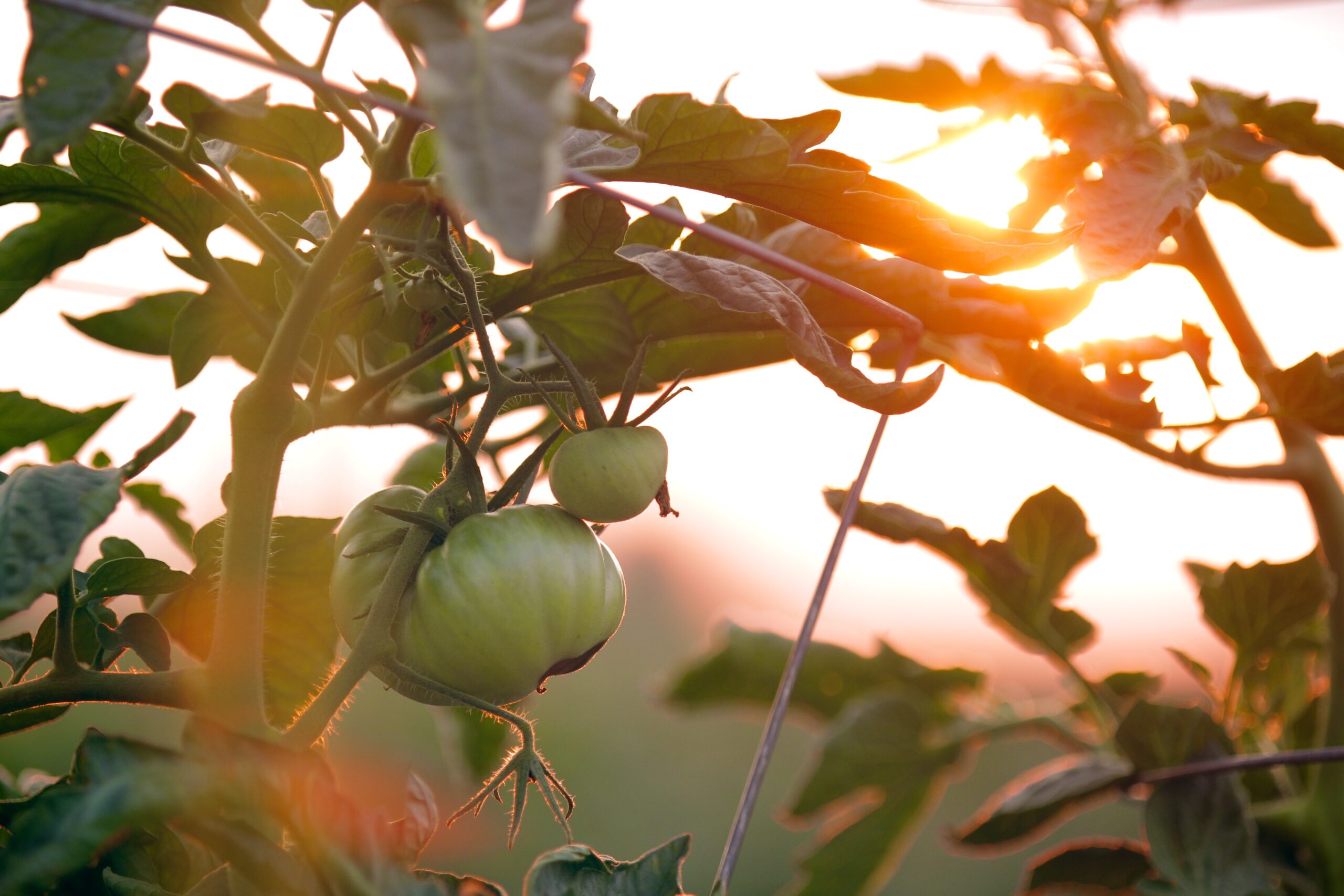
One of the reasons we can grow year-round in Florida is because most of the state sits on the border of temperate and tropical climates. So, it doesn’t take much to push the edges of your growing season. In fact, you can often push them right into the next season. It gives us more leeway to take advantage of Florida garden microclimates that can make all the difference between winter and spring.
Florida does get too cold to garden. We found that out over Christmas 2022, when temperatures reached below or near freezing for four nights in a row throughout the state.
It also gets too dang hot in the summer for most garden vegetables. And if it’s not technically too hot, it’s too humid or just too rainy.
The good news is that there are specific steps you can take to both identify and create specialized microclimates in your garden that will improve your results.
Identifying Your Own Florida Garden Microclimates
When you think about garden design, you may think of the grand landscape gardens of England or the highly restrained gardens in the Western U.S. Both design approaches create a serene and inviting garden space.
However, it’s hard to find many examples of the best way to design a garden for food production or self-sufficiency. Of course, you could take a permaculture course or hire a consultant.
I personally would love to try out David the Good’s Grocery Row Gardening system, but honestly, I just don’t have the room. My growing space has already been designed in a circular pattern, and there’s no way to put up rows of anything without tearing out a lot of already established plantings.
However, if you don’t have the time or patience — at least right now — for a full-scale re-engineering of your property, you’re probably just looking for a few ideas for a new setup or ways to tweak your current layout.
The first step is identifying the microclimates that already exist on your property and making the most of them by choosing the right plants for them.
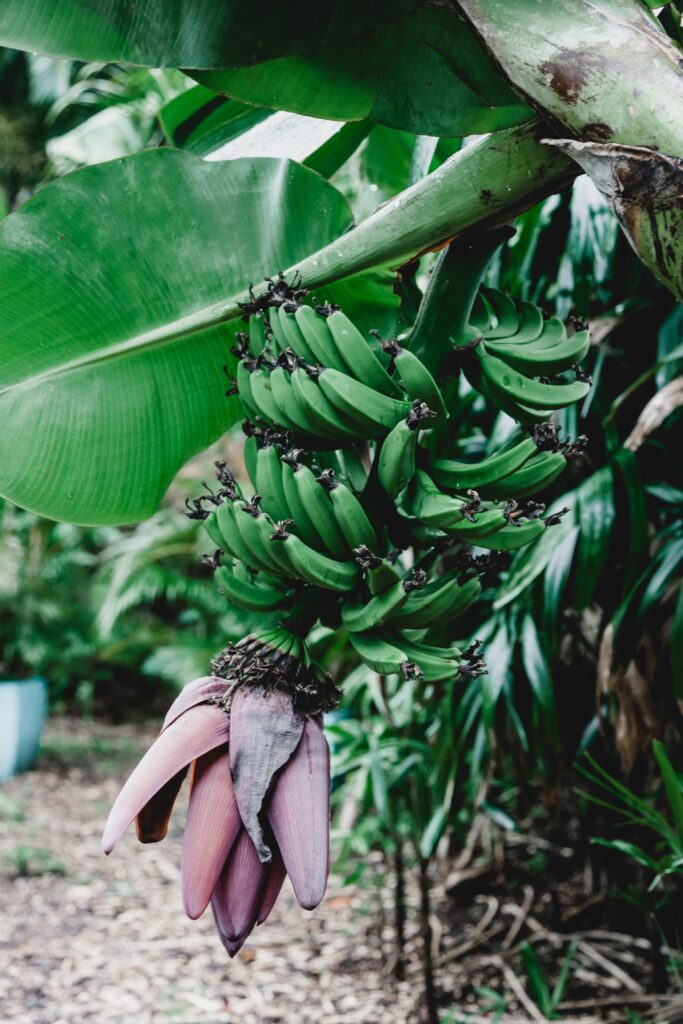
Finding the Hot Spots
Finding a sunny spot in a Florida garden isn’t really a difficult task, usually. However, sometimes you want warmth without actually having more sun. For example, during the winter, shade-loving plants need protection from any cold snap without getting burned (ask my coffee plants, and they’ll tell you).
Heat-Loving Edible Plants for Florida
Florida gardeners plant a wide variety of heat-loving plants. But there’s a catch. Only the most heat-tolerant of these will survive our summer conditions. Many won’t make it past May or June unless they are already well-established and already in fruit.
That said, finding the warm pockets of your garden is important when you want to take advantage of our mild spring and long autumn conditions.
Some of the most common heat-loving plants we grow include:
- Peppers
- Tomatoes
- Cucumbers
- Eggplant
- Melon
- Squash
Once you find those warmer microclimates, you can plant out these vegetables in late February or grow them through November and even December. Sometimes, you can grow peppers and tomatoes year-round in Florida.
Identifying Warm Microclimates
First and most obvious, look for the areas of your garden that get the most sun or the longest length of sun. It sometimes pays to spend a day off checking for the patterns of light and shade throughout the day.
You’ll also have to repeat this fact-finding mission several times a year as the angle of the sun changes. However, once you spend a year’s worth of seasons taking notes every month or three, you won’t have to repeat this unless there are drastic changes in the environment.
Other things to look for when determining your garden microclimates are:
- Look for areas around your home or shed. Most cement-block houses, ubiquitous in Florida, absorb heat throughout the day and can provide a pocket of warmth throughout the night. Even the light-colored ones. I have to move everything away from the south-facing walls during the summer, or even the peppers and tomatoes fry by 4 pm.
- Areas under trees and tall bushes often hold in heat and can create a warm microclimate of their own. While this may not be a great place for sun-loving plants, it’s usually superior for those shade-loving plants (i.e. coffee plants). It’s also a great place to move container plants during a cold snap for temporary protection.
- Find the low-lying areas of your garden space. They’re less exposed to the wind and tend to retain heat better.
- Look for dark, dense soils, as they retain both water and heat better than sandy soils. You may not have any to work with but do check to be sure.
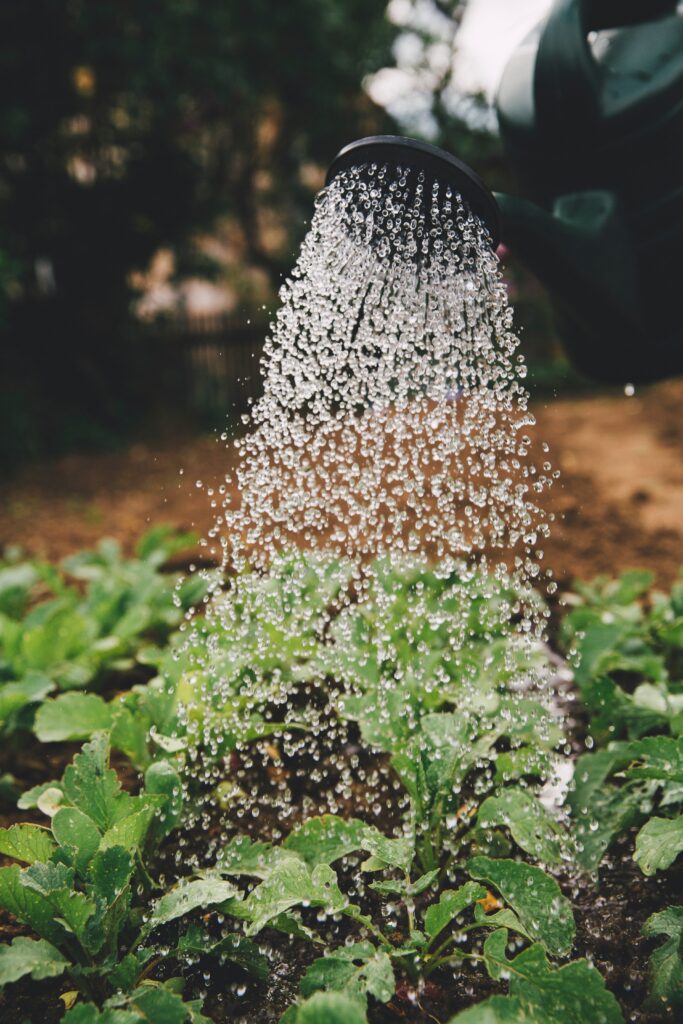
Looking for Moisture Retention
Florida is known for its marshes and wetlands. This means we have some beautiful native plant species specially adapted to damp conditions. I’m currently cultivating scarlet mallow and looking forward to sharing these beautiful native hibiscus-type blooms with customers in a couple of months.
Moisture Loving Edible Plants for Florida
Edible plants that we commonly grow in Florida that prefer damp feet include:
- Cabbages
- Cauliflower
- Snow and Snap peas
- Arugula
- Taro root
And most ironically, except for Taro, most of these are winter plants, which are the driest month of the year in Florida. While it’s far more pleasant to spend time outdoors with a garden hose when it’s 70°F rather than 95°F, it does become time-consuming and expensive. Not to mention the drain on the fresh water supply.
To save on watering costs, look for the areas of your garden space that provides the best water retention. Some things to look for are:
- Areas with some mid-day shade
- Low-lying areas where rainwater accumulates
- Places near bushes or hedges
- Heavier soils with some clay content
- North-facing areas where less sunlight results in less evaporation
Other thirsty vegetables you might want to grow in low-lying areas that also offer plenty of sunlight include cucumbers, peppers, and squash. Sometimes, it’s just a matter of recognizing the angle of sunlight during the summer vs. the winter.
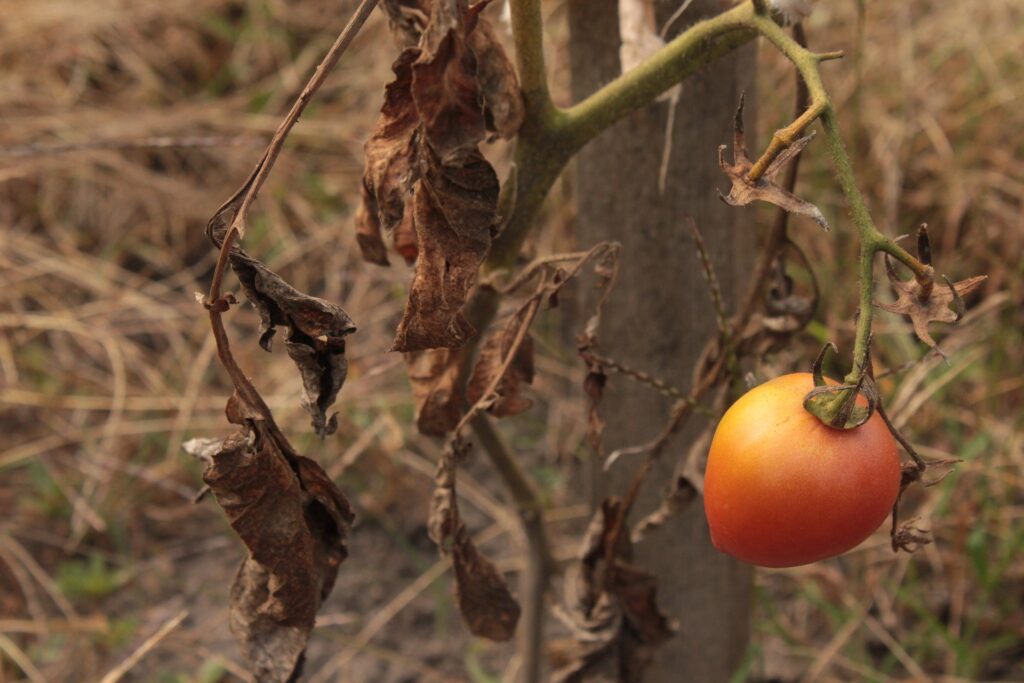
Finding Areas with Excellent Drainage
Some edible plants really need good drainage to thrive. Normally, they’re well suited to growing in our sandy soil. However, if you’ve ever had to watch a once-beautiful and well-established rosemary bush suffer, drown, and die after a Florida rainy season, you’ll understand why finding the dry parts of your garden can be critical.
Arid-Loving Plants for Florida Vegetable Gardens
Many edible plants commonly grown in Florida enjoy the good drainage of our sandy soil. Some will even thrive during the hottest part of the year.
Those that prefer dry conditions include:
- Most Mediterranean culinary herbs
- Rosemary
- Sage
- Thyme
- Oregano
- Marjoram
- Chard
- Eggplant
- Grain amaranth
- Irish potatoes
- Okra
- Southern peas
- Sweet potatoes
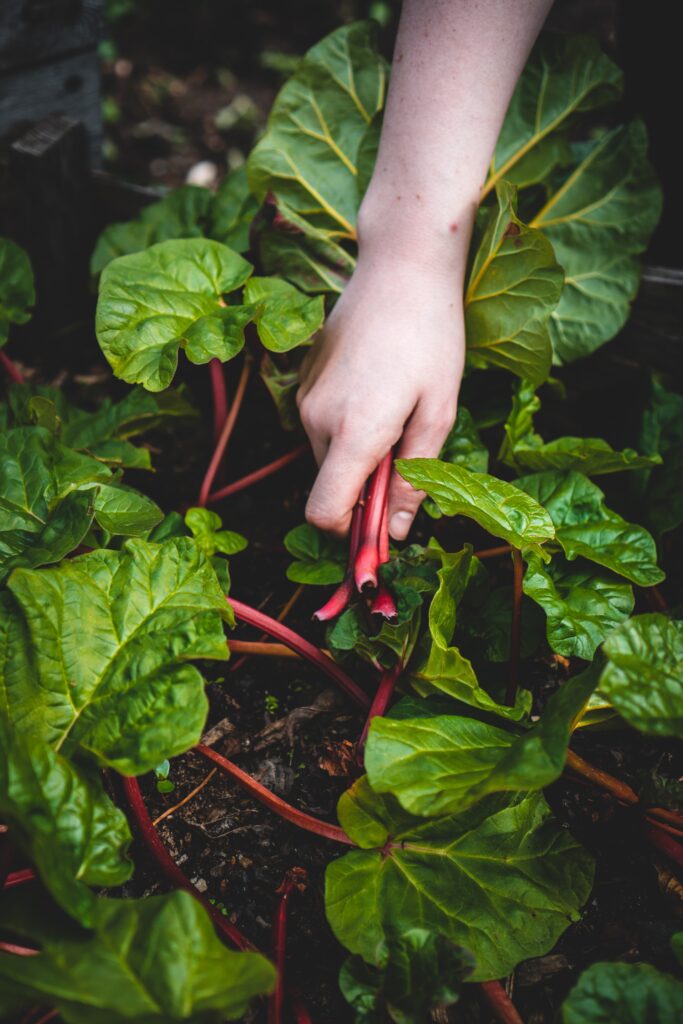
In most cases, finding the warmest spots in the garden will help create drier conditions, but also look for:
- Longest hours of sun exposure (and hence, evaporation)
- Light-colored, sandy soil (which is easy to find in Florida)
- Elevated areas upslope that provide the best drainage during summer rainstorms
- Open areas with a lower concentration of plants
Understanding Florida Garden Microclimates is a Critical Skill
With wilder weather patterns and increasing shifts and instability of seasonal conditions, Florida gardeners who are determined to grow their own food simply need to understand how microclimates work.
For example, the record-breaking freezes of Christmas 2022 truly revealed how well using the right planting location can work. I know I learned a few lessons. The heat-loving peppers I had out in the garden stood up just fine to the freezes under a light cover. That’s because they were planted near a banana circle, which provided both a warmer microclimate and protection from the wind.
In contrast, more cold-tolerant plants that were not under a tree canopy simply gave up the ghost.
When growing vegetables over winter in Florida, the wind is just as much a threat as frost during a cold snap.
Mapping Microclimates
There are ways to make your existing Florida garden microclimates more functional as well as ways to create new microclimates you may not already have. That’s a subject for a future post. To get started, note down the ones that currently exist that you can work with.
It’s a good idea to map out the existing microclimates in your garden. If you’re interested in supporting this blog and need a well-organized place to keep those maps and notes, then pick up our Florida garden planner. It has grid sheets where you can map out any of your garden beds individually or as an overall master plan.
The old adage “Right Plant, Right Place,” is a universal gardening Truth. Identifying the microclimates in your Florida garden is the first step to mastering this skill.



